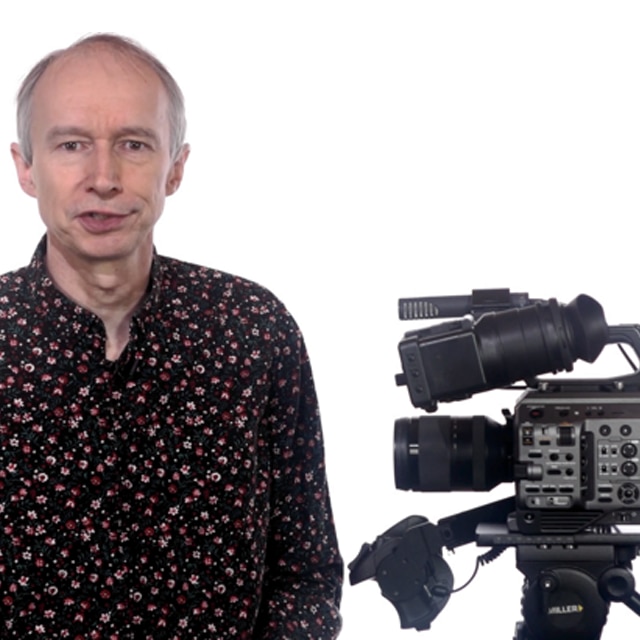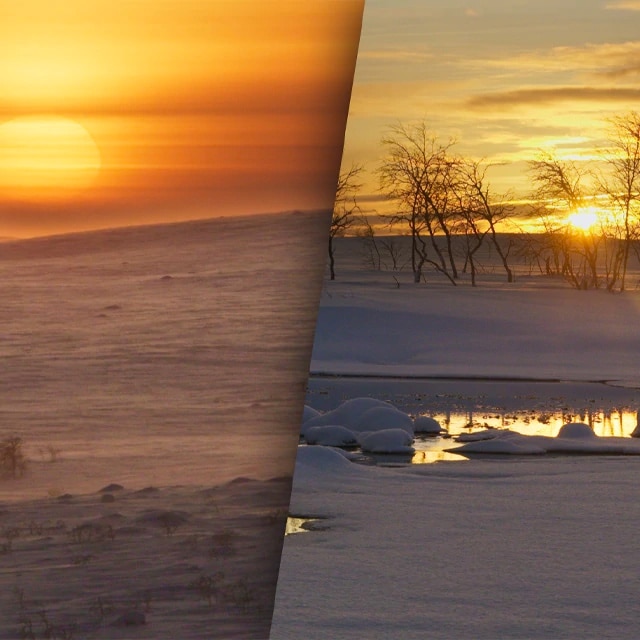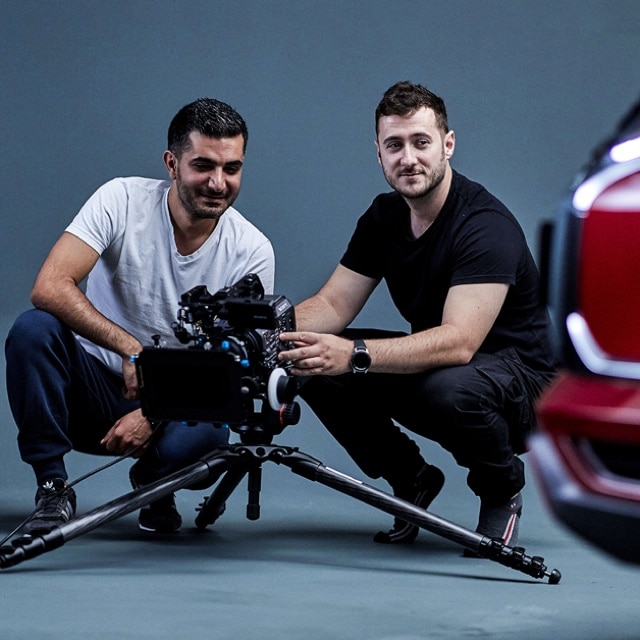The Sony FX9, one year on
Alister Chapman evaluates FX9’s performance as a day-to-day workhorse
Capturing the Aurora made easy with Dual Base ISO
I’ve had my PXW-FX9 for just over a year now and it really has become my day-to-day workhorse camera. Because of Covid I haven’t been shooting as much as I would do normally. But I’ve still used the FX9 in a very diverse range of very different shooting scenarios and every time I’ve used it, it has delivered beautiful images.
When I took the FX9 to Northern Norway in the middle of winter it performed flawlessly in some of the coldest conditions that I have ever experienced. The days were very short when I was there, just a couple of hours so more often than not we were shooting in very low light levels.
The Dual Base ISO function made this easy to deal with. Then at night I was able to take advantage of the FX9’s impressive low light performance to shoot the Northern Lights. This isn’t the first camera I’ve used to shoot the Aurora, but it’s certainly one of the best performing.

S-Cinetone in Dubai
After the bitter cold arctic conditions of Norway my next stop was Dubai. The conditions in Dubai were quite different. For this project there wasn’t any time to grade, the finished video had to be ready the next day. Out in the desert shooting at sunset I made use of the camera’s beautiful S-Cinetone gamma curve and colour matrix to capture great looking images of a local model in a vivid red dress at sunset.
S-Cinetone is the FX9’s default out-of-the-box look and it doesn’t need any colour grading. Yet it delivers very film like images with rich, pleasing colours. Skin tones in particular are very nice. Shooting with it is really easy and it’s great for fast turn-around projects where there’s no time for extensive post-production. After the shoot in the desert, we moved on to the city to capture both daytime panoramas of the spectacular, ultra-modern Dubai skyline and then in the evening made use of the FX9’s interval record function and slow shutter to capture Interval Rec footage of the night time traffic.

Fast Hybrid AF in the UK
Back in the UK and closer to home, to further show off how nice S-Cinetone looks for the FX9 user guide videos, I hired a couple of models with period costumes for a shoot in a local Edwardian manor house. I think it looked great and I have more period style shoots planned for when Covid restrictions are eased, and these kinds of shoots will become easier again.
Across all of these shoots I made extensive use of the camera’s amazing autofocus system. The excellent autofocus has really changed the way I shoot. I used to be a 100% manual focus guy as I could never previously trust the auto focus in the cameras I was using to get it right and stay in focus. But the FX9 has changed all that. Most of the time it does a better job of focussing than I can, especially with a subject that’s moving or when I am moving. It takes a little bit of time to learn how to fine tune the AF for different types of filming, but now I’m happy to let the camera take care of focus for me for 80-90% of what I shoot.
For me the FX9 is a camera I can rely on to deliver great images with minimal effort, whether shooting using S-Cinetone, S-Log3 or using 16 bit raw output… Picture Cache Record, Interval Record plus Slow & Quick Motion give me the ability to shoot in all sorts of interesting ways... It’s a camera I want to get out there and shoot with.

Anamorphic shooting in Autumn
One shoot where I wasn’t able to use autofocus was an anamorphic shoot in the Lake District. Without water the Lake District wouldn’t exist and for the week I was filming mother nature did it’s best to ensure the Lakes were full to the top as it rained heavily almost the entire time. The camera didn’t miss a beat despite the appalling weather and the combination of the FX9’s wonderful colour science, great Cooke 2x anamorphic lenses and beautiful autumn colours resulted in some really wonderful images, even in the very flat and overcast light. Even though the FX9 doesn’t have a dedicated anamorphic mode, the 6K Full Frame sensor allows you to capture very high quality, high resolution anamorphic content.

One camera for everything
For me the FX9 is a camera I can rely on to deliver great images with minimal effort, whether shooting using S-Cinetone, S-Log3 or using the cameras 16 bit raw output. The ability to shoot 4K using full frame scan or super 35 scan (as well as the in-between FF 5K scan) means I can use just about any lens I want. The locking E-Mount is easy to adapt to different lens mounts, whether that’s a PL mount super 35mm cine zoom or a Full Frame DSLR lens. Picture Cache Record, Interval Record plus Slow & Quick Motion give me the ability to shoot in all sorts of interesting ways with a single camera. It’s a camera I want to get out there and shoot with.






